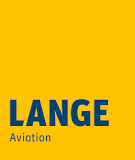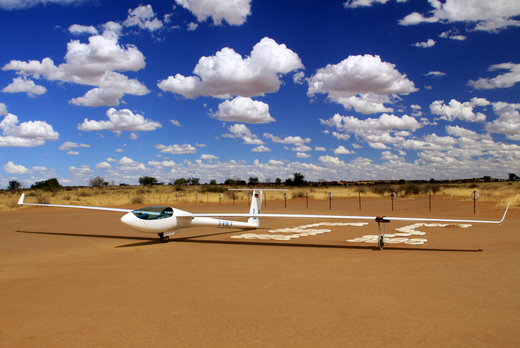“I think most glider pilots have a very conservative attitude,” says Stefan Senger when asked why electric motor gliders are spreading so relatively slowly, and laughs. “A lot of people are watching the scene first, sticking with the tried and true, and waiting it out.” Senger is a graduate engineer in aerospace engineering and has been managing a flourishing business with three electric motor gliders for six years as the first charter company ever to do so. Above all, he sees chartering as an uncomplicated opportunity for those interested to learn about the benefits and opportunities of e-flying in a straightforward manner and “without risks and side effects.”
“I am glad that more and more aircraft manufacturers are discovering this category and enriching the market with their products, because competition is important, especially when it comes to innovations,” says Senger. Thus, in addition to two Antares 20Es procured from Lange Aviation in 2008 and 2010, it too has a two-seater Arcus E from Schempp-Hirth, whose propulsion system is known to be based on that of the Antares. “In addition to the outstanding flight characteristics and performance, the uncomplicated operation of the propulsion system was a decisive factor in the selection of the aircraft,” emphasizes Stefan Senger. “This is especially important when chartering!”
Sometimes Senger also has to deal with rumors that the battery life is too short and the power supply lacks reliability. “There’s nothing to it at all,” he counters firmly. And can also prove this on the basis of its operating statistics: On average, the aircraft fly about 500 hours per year, completing 100 flights during this time, each with about 10 hours of engine runtime per year. “We haven’t had a single propulsion problem with either Antares in six years, and only two minor motor control failures with the Arcus. In addition, there was only one outlanding at a farm in Namibia, where the batteries could be charged overnight without any problems and a restart succeeded without any problems.” In Wenger’s experience, this contrasts with significantly more outlandings with motor gliders powered by combustion engines, because these are far more susceptible to malfunctions and operating errors. “Of course, the sheer ranges of non-electric powered gliders are greater in principle,” Senger qualifies. “So you have to adjust your flight planning from the outset to match your energy supply and practice slightly different flying.” And Senger can back up this thesis with logbook excerpts: Just recently, in the Namibian winter of 2013/2014, quite a few thousands could be flown with the Antares from Bitterwasser. “For many of our charter customers, these are their first thousands ever, and the uncomplicated technology of the Antares certainly played its part. Confidence in the propulsion system is an important prerequisite.” The engine runtime required per flight is extremely low. Stefan Senger: “My personal record is one minute of engine run to thermal. You can easily get by with 20 hours of engine time per thousand flight hours. With 900 hours of TBO at present, the engine can even survive the life of the airframe.” However, there is a small restriction for the operation from Bitterwasser in Namibia, where pilot trips are regularly organized in winter by a partner company. “Sometimes the power grid reaches its limits when three battery sets have to be charged at the same time. However, we then make do with a mobile generator without any problems,” emphasizes Senger. This leaves a pleasingly simple conclusion from the world’s first electric motor glider charter company: “We offer a suitable device for ambitious pilots that has made a name for itself through mature, uncomplicated technology. Without risks and side effects.” The two electric-powered charter aircraft from Lange Aviation, Antares 20E and ArcusE, completed a total of 545 trouble-free and successful flying hours from Bitterwasser (Namibia) with their various pilots during the winter of 2013/14. Exactly 60,444 OLC kilometers were flown in the process.

